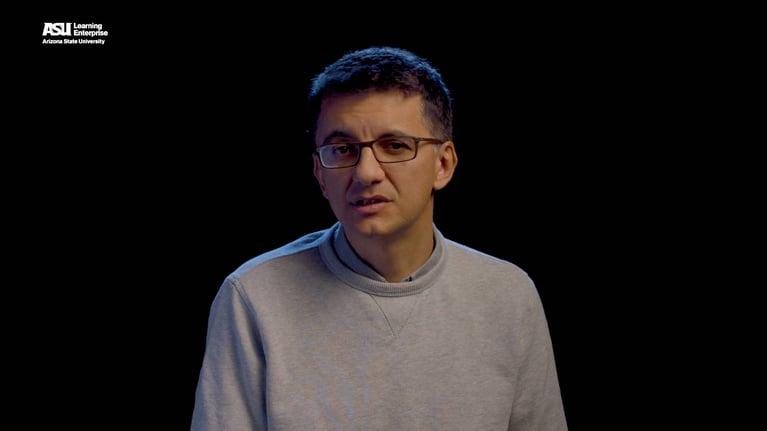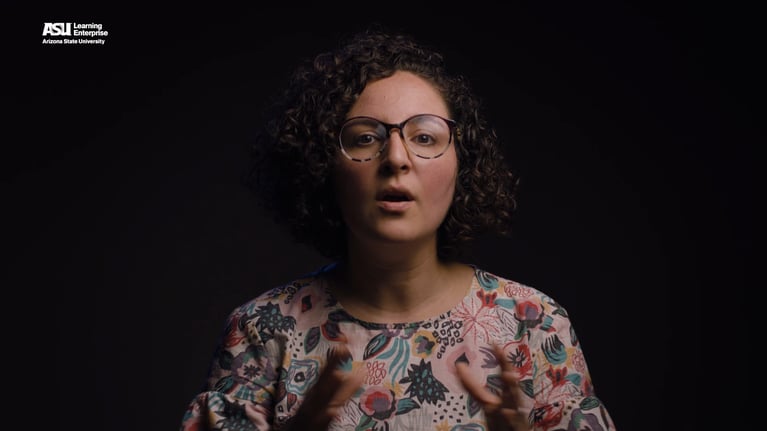Speculative design uses design principles and techniques to create visions of possible futures in the present. It aims to shape the future by asking questions about what we want it to be like and for whom. Speculative designers use critical thinking and creativity to explore and visualize alternative futures, allowing us to consider the consequences of current trends. In addititon, speculative design treats the future as malleable, offering an opportunity to influence it by imagining and rendering it in the present. It is likened to time travel, as envisioning ourselves in the future may lead to actual influence and impact.
Speculative design uses design principles and representation techniques to create visions of possible futures here in the present. In doing so, it is a tool for shaping the future. Encapsulated in this simple illustration called the Futures Cone [FIG1], speculative design takes the tools of design, so often aimed at problem solving, and turns them towards asking questions about the future – what we want it to be like and for whom.
Speculative designers use critical thinking and creativity to explore and make vivid possible futures (as distinct from probable futures) in order to push the boundaries of what we imagine is possible and help us think through the potential ramifications of current trends. Design is at its core a set of methods for planning something that has not existed before.
Speculative designs take many forms: physical objects, digital platforms, experiential environments, short stories. These designed artifacts allow us to question, explore, and discuss the consequences of technologies and actions in the present, which ideally gives us a chance to course-correct towards preferable futures.
In the domain of science fiction the idea of time travel and its paradoxes are much explored. How could we influence the past from the present without breaking the present?
Meanwhile, when we think about the future, questions of prediction fascinate whole industries with their trends, forecasts, and models. What kind of agency do we have to shape the trajectory we are on?
For speculative design the future is not fixed or pre-determined. By imagining the future and rendering it, we can be more deliberate about creating the future in the present. By crafting visions of it perhaps we can make aspirational self-fulfilling prophecies or cautionary self-defeating prophecies.
So maybe speculative design is a little bit like time travel. By imaginatively putting ourselves in the future perhaps we can actually influence it.


